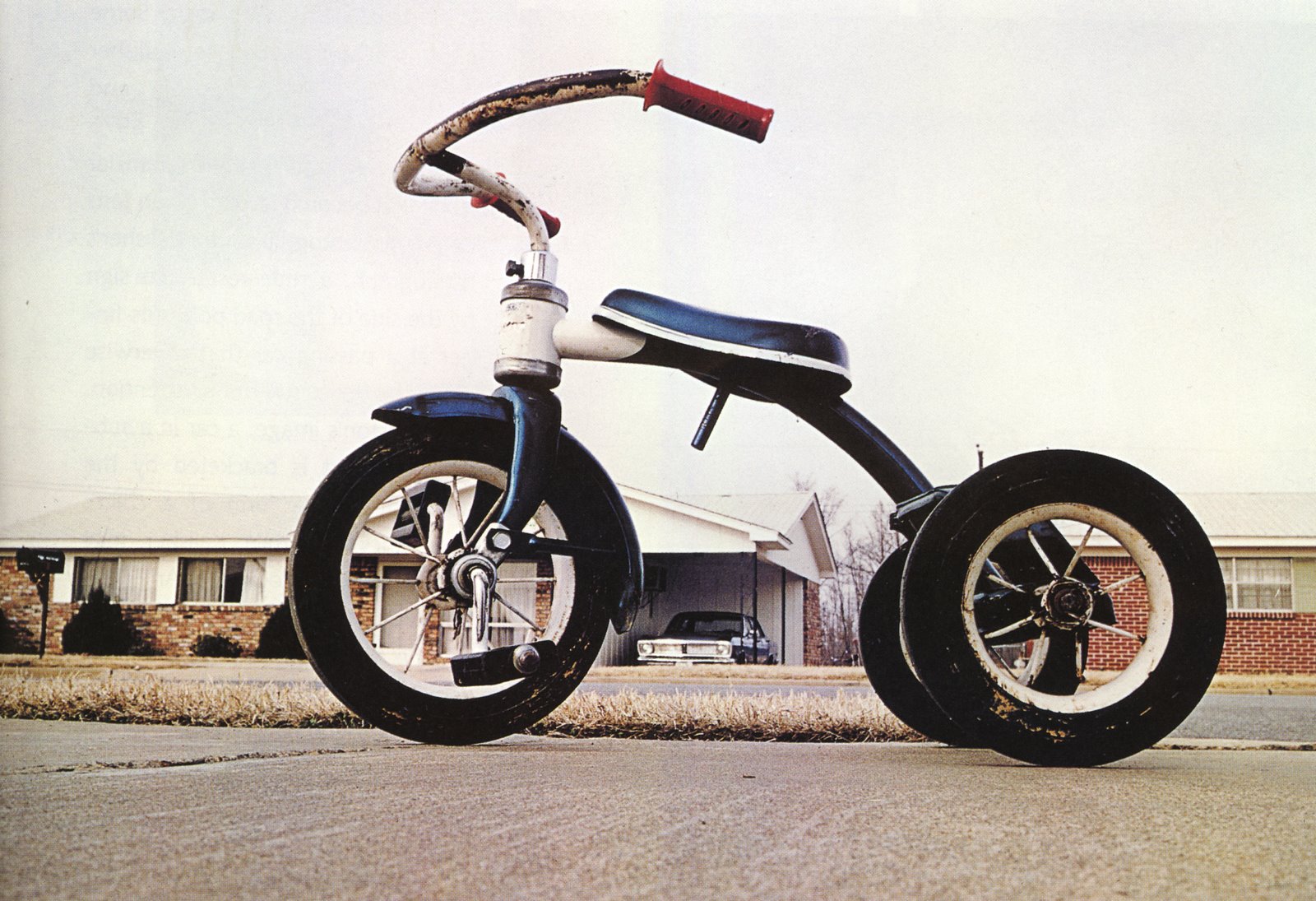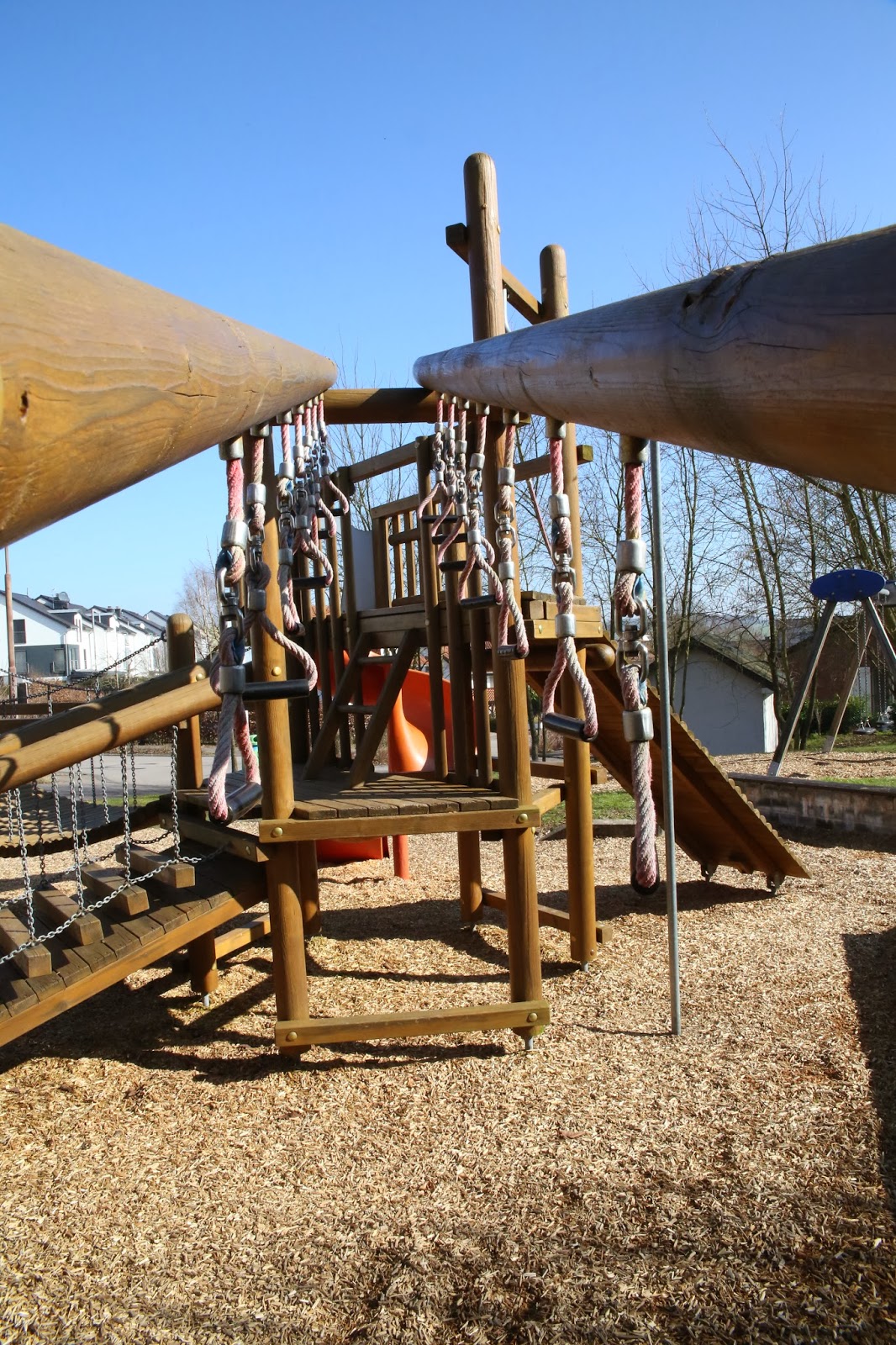The sixth exercise asks to set up a portrait session in a formal, structured way, in order to have a consistent setting
and framing.
For this, it will be very useful to use a tripod, in order to concentrate more on the situation, and so that the only variable between the series of pictures will be the expressions and gestures of the subject.
Plan to take a considerable number of images in order to explore all the possibilities and fine nuances of expression – at least 20.
The essential element in this project is to concentrate fully on the person’s expression (and gesture or pose if they vary), assessing it from frame to frame in order to select what I consider to be the best of the sequence.
This on-the-spot assessment will affect the photography in the way I talk to and direct my subject, and in the moments I choose to make each exposure; it will also affect the way I review and edit the sequence of images on the computer.
Immediately after the shooting, I am supposed to write down the frame by frame progress of my subject’s expression, noting which I felt at the time were the best. At what point did I decide that it was time to stop shooting, and why?
Next, I am requested to open the sequence of images in my browser and review the images a second time. Rate them as follows: a) not good, b) acceptable, c) good and d) the best single shot, according to my judgement. How, if at all, did this later review differ from the way I saw it at the time of shooting?
Valentina is an Italian colleague from Cesena, a nice town close to Bologna.
Valentina likes the sun, colourful flowers in late spring, The Netherlands, discovering new people and cultures and she fights really hard for her essential values.
Despite her delicate look, I can really define her as a ballsy girl.
During our shooting she was simply great. Not necessarily as a subject, but more as a smart counterpart.
She was very patient (we needed almost 3 hours) and she made me understand at least 3 important concepts:
1. I must keep cool. I am the photographer, it is my thing and I need to concentrate on my work, on my art and not necessarily on the potential stress of my subject. If I am cool, the model will follow.
2. A portrait is somehow always a kind of "mise en scène" (theatre). This is very far away from "my" street photography. I have to accept it and exploit it for my work.
3. I need time and a patient subject to do a good portrait. Valentina had no time constraint and I really managed to work accurately.
A big thank goes to her, her capacity to interact with the lens and the photographer, and, above all, for the sake of this exercise, to her photogeny.
Valentina showed to have only one big "defect": during the post production assessment that we did together she did not like my photos of her.
It is a pity, but, as we say around here: c'est la vie...
I took a total of 374 images in five different locations: my garden, my living room, the countryside behind my house, near a cemetery and near a statue of a Madonna.
The most consistent and interesting series of photos were the 83 taken in my living room. Therefore, I decided to work on those.
After a long lasting decision process I selected the following:
a) 32 images "not good".
b) 41 images "acceptable".
c) 10 images "good".
d) Amongst the 10 "good" images, Image 3 is probably the best shot. It was hard to select the best shot, but I like Image 3 for its natural, spontaneous, sincere approach and for that moving hand passing on such a positive energy.
Speaking about the on-the-spot assessment versus the post production assessment, I just noticed that I tend to judge the photos assessed on the spot a bit more positively then how I see them in post production.
This is probably due to the fact that I have a limited view on my camera screen compared to my computer.
However, generally speaking, there were no radical change between the two assessments.
Again, I have to note that I managed to be much more at ease shooting without tripod. Image 7, 8, 9 and 10 are the results of my mini shooting without tripod.
The session seemed to end quite naturally. Valentina looked a bit tired and I knew I had captured all that I needed or would be able to catch... hopefully!
For this, it will be very useful to use a tripod, in order to concentrate more on the situation, and so that the only variable between the series of pictures will be the expressions and gestures of the subject.
Plan to take a considerable number of images in order to explore all the possibilities and fine nuances of expression – at least 20.
The essential element in this project is to concentrate fully on the person’s expression (and gesture or pose if they vary), assessing it from frame to frame in order to select what I consider to be the best of the sequence.
This on-the-spot assessment will affect the photography in the way I talk to and direct my subject, and in the moments I choose to make each exposure; it will also affect the way I review and edit the sequence of images on the computer.
Immediately after the shooting, I am supposed to write down the frame by frame progress of my subject’s expression, noting which I felt at the time were the best. At what point did I decide that it was time to stop shooting, and why?
Next, I am requested to open the sequence of images in my browser and review the images a second time. Rate them as follows: a) not good, b) acceptable, c) good and d) the best single shot, according to my judgement. How, if at all, did this later review differ from the way I saw it at the time of shooting?
Valentina is an Italian colleague from Cesena, a nice town close to Bologna.
Valentina likes the sun, colourful flowers in late spring, The Netherlands, discovering new people and cultures and she fights really hard for her essential values.
Despite her delicate look, I can really define her as a ballsy girl.
During our shooting she was simply great. Not necessarily as a subject, but more as a smart counterpart.
She was very patient (we needed almost 3 hours) and she made me understand at least 3 important concepts:
1. I must keep cool. I am the photographer, it is my thing and I need to concentrate on my work, on my art and not necessarily on the potential stress of my subject. If I am cool, the model will follow.
2. A portrait is somehow always a kind of "mise en scène" (theatre). This is very far away from "my" street photography. I have to accept it and exploit it for my work.
3. I need time and a patient subject to do a good portrait. Valentina had no time constraint and I really managed to work accurately.
A big thank goes to her, her capacity to interact with the lens and the photographer, and, above all, for the sake of this exercise, to her photogeny.
Valentina showed to have only one big "defect": during the post production assessment that we did together she did not like my photos of her.
It is a pity, but, as we say around here: c'est la vie...
I took a total of 374 images in five different locations: my garden, my living room, the countryside behind my house, near a cemetery and near a statue of a Madonna.
The most consistent and interesting series of photos were the 83 taken in my living room. Therefore, I decided to work on those.
After a long lasting decision process I selected the following:
a) 32 images "not good".
b) 41 images "acceptable".
c) 10 images "good".
d) Amongst the 10 "good" images, Image 3 is probably the best shot. It was hard to select the best shot, but I like Image 3 for its natural, spontaneous, sincere approach and for that moving hand passing on such a positive energy.
Speaking about the on-the-spot assessment versus the post production assessment, I just noticed that I tend to judge the photos assessed on the spot a bit more positively then how I see them in post production.
This is probably due to the fact that I have a limited view on my camera screen compared to my computer.
However, generally speaking, there were no radical change between the two assessments.
Again, I have to note that I managed to be much more at ease shooting without tripod. Image 7, 8, 9 and 10 are the results of my mini shooting without tripod.
The session seemed to end quite naturally. Valentina looked a bit tired and I knew I had captured all that I needed or would be able to catch... hopefully!
Image 1.
f 5.6, 1/60 sec, ISO 1600, 50 mm
Image 2.
f 5.6, 1/90 sec, ISO 3200, 50 mm
Image 3.
f 4, 1/45 sec, ISO 800, 31 mm
Image 4.
f 4, 1/60 sec, ISO 800, 31 mm
Image 5.
f 5.6, 1/60 sec, ISO 3200, 55 mm
Image 6.
f 4, 1/45 sec, ISO 400, 18 mm
Image 7.
f 4.5, 1/45 sec, ISO 1600, 18 mm
Image 8.
f 4, 1/45 sec, ISO 800, 20 mm
Image 9.
f 4, 1/45 sec, ISO 1600, 18 mm
Image 10.
f 4, 1/45 sec, ISO 400, 18 mm


















































